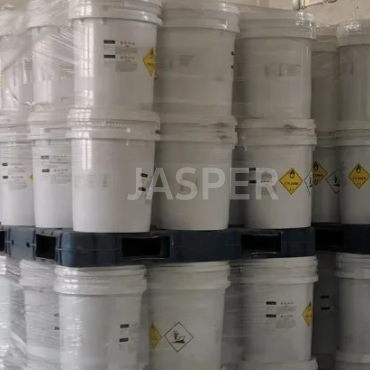Product Details
CasNo: 7778-54-3
MF: Ca(ClO)2
Appearance: White Grey Power, Granular or Tablet
Delivery Time: 15 days
Purity: 65% 70%
- Basic Information
- Chinese Name: Calcium hypochlorite. Also known as bleaching powder or bleaching essence.
- English Name: Calcium hypochlorite.
- Molecular Formula: Ca(ClO)₂.
- Molecular Weight: 142.98.
- Physical and Chemical Properties
- Appearance and Properties: White powder with a strong chlorine odor. Its solution is a yellow - green translucent liquid.
- Melting Point: 100℃ (decomposes).
- Density: 2.35g/ml at 25℃.
- Solubility: Soluble in water, with a solubility of 200g/l (decomposes at 20℃).
- Quality Standards
- Available Chlorine Content: Industrial - grade products generally have a first - class content of ≥32%, a second - class content of ≥30%, and a third - class content of ≥28%. Commonly, the available chlorine content of industrial bleaching powder is 30% - 38%, while that of bleaching essence is usually 60% - 75%. For calcium hypochlorite used in some specific fields such as laboratory synthesis, the purity can be ≥99.0%.
- Particle Size: It can be 10 - 30 mesh, 14 - 50 mesh, etc., and can also be made into 1 - 500g tablets.
- Impurity Content: The insoluble matter is generally required to be 5.0% max.
- Uses
- Disinfection and Sterilization: Widely used for the sterilization and disinfection of urban and rural drinking water, swimming pool water, hospital sewage, and industrial wastewater. It can also be used for the disinfection of tableware, the environment, and epidemic - affected areas.
- Bleaching Function: Mainly used for the bleaching of pulp in the paper - making industry and the bleaching of cotton, linen, and silk fiber fabrics in the textile industry. It can also be used for the bleaching of starches, ribbons, and gauze.
- Chemical Raw Material: Used for the purification of acetylene and the manufacture of chloroform and other organic chemical raw materials in the chemical industry.
- Other Applications: Can be used as a wool shrink - proof agent and deodorant. In aquaculture, it is used for water body disinfection, and in agriculture, it can be used for soil disinfection.
- Packaging and Storage
- Packaging: Commonly, it is packaged in white plastic drums, HDPE bags, iron drums, etc., with specifications of 25kg, 40kg, 50kg, etc. Customized packaging is also available.
- Storage Conditions: Should be stored in a cool, dry, and well - ventilated warehouse, away from fire sources and heat sources, and avoid direct sunlight. It should be stored separately from flammable and combustible materials, reducing agents, and acids, and mixed storage is strictly prohibited.
- Safety Information
- Health Hazards: The dust of this product is irritating to the conjunctiva of the eyes and the respiratory tract, and can cause damage to teeth. Skin contact can cause moderate to severe skin damage.
- Environmental Hazards: It is harmful to the environment and can cause pollution to water bodies.
- Flammability and Explosiveness Hazards: This product is a 助燃物 (combustion - supporting substance) and is irritating. Contact with flammable and combustible materials is likely to cause combustion and explosion.


